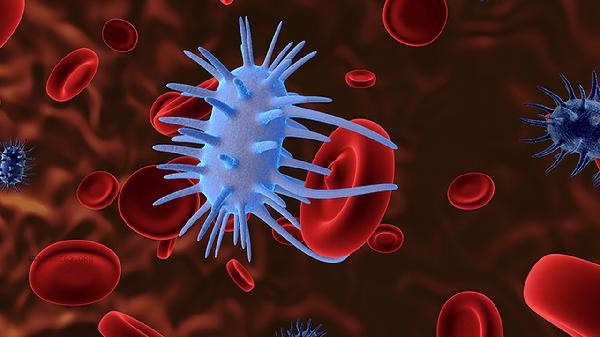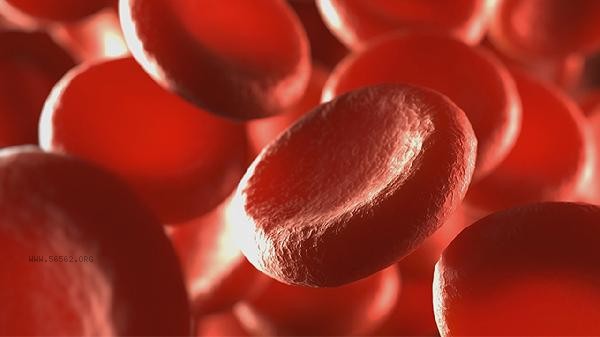The erythrocyte sedimentation rate of 27 millimeters per hour is a mild increase, which may be caused by physiological factors, inflammatory diseases, autoimmune diseases, infections, or anemia.
1. Physiological factors:

Women may experience a mild increase in erythrocyte sedimentation rate during menstruation, mid to late pregnancy, or in the elderly. This type of situation usually has no pathological significance, as changes in hormone levels or aging lead to an increase in plasma fibrinogen levels, which enhances red blood cell aggregation. It is recommended to have a follow-up examination 1-2 months later to avoid intense exercise or high-fat diet interfering with the test results.
2. Inflammatory response:
Bacterial or viral infections can stimulate the liver to produce acute phase response proteins, such as C-reactive protein and fibrinogen, which promote red blood cell stacking. Commonly seen in respiratory tract infections, urinary system infections, etc., often accompanied by symptoms such as fever, local redness, swelling, and pain. It is necessary to combine blood routine examination to determine the type of infection. 3. Rheumatic diseases: Autoimmune diseases such as rheumatoid arthritis and systemic lupus erythematosus can lead to persistent chronic inflammation, and the deposition of immune complexes accelerates red blood cell sedimentation. Patients often present with characteristic symptoms such as joint stiffness, rash, and photosensitivity. Specific tests such as anti nuclear antibody spectrum and rheumatoid factor need to be improved.
4. Tuberculosis infection:

Mycobacterium tuberculosis infection can cause long-term toxic symptoms such as low-grade fever, night sweats, and emaciation. The necrotic tissue in the lesion releases inflammatory mediators, leading to a sustained increase in red blood cell sedimentation rate. Tuberculin test, T-SPOT detection, and chest imaging examination help to clarify the diagnosis.
5. Iron deficiency anemia: When hemoglobin synthesis is insufficient, the volume and morphology of red blood cells decrease, and the sedimentation rate in plasma increases. Commonly seen in patients with excessive menstruation and gastrointestinal bleeding, manifested as pale complexion, fatigue, etc. Serum iron, ferritin and other indicators need to be tested to confirm the type of anemia.
It is recommended to dynamically monitor changes in erythrocyte sedimentation rate and avoid fasting blood collection on the day of examination. Maintain a balanced diet in daily life, supplement fresh fruits and vegetables rich in vitamin C in moderation to promote iron absorption, and follow a regular schedule to avoid staying up late. People with joint symptoms can try low-intensity aerobic exercise, such as swimming, Tai Chi, etc. If the value continues to rise or there are obvious discomfort symptoms, it is necessary to conduct in-depth examinations such as anti nuclear antibodies and tumor markers in a timely manner to rule out major diseases. Pay attention to observing changes in body temperature, weight, and abnormal bleeding. Women should record their menstrual cycle and bleeding volume.









Comments (0)
Leave a Comment
No comments yet
Be the first to share your thoughts!